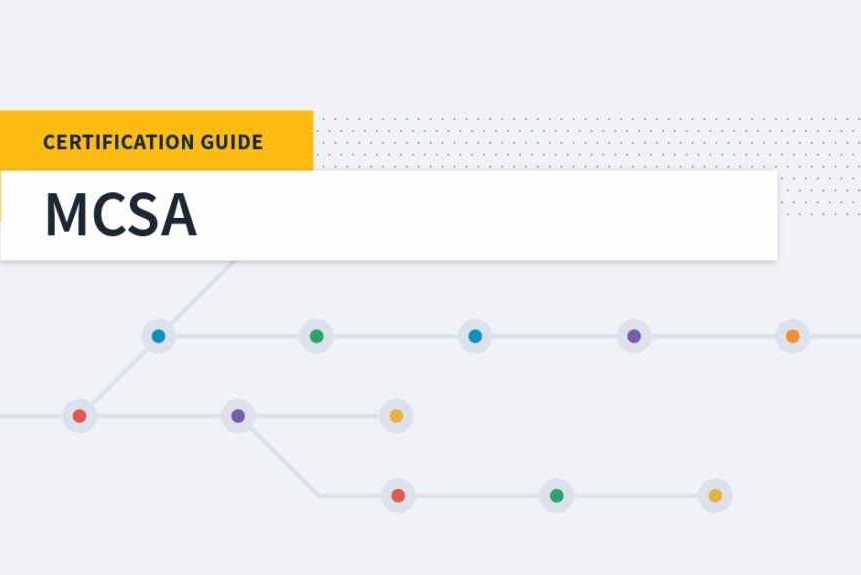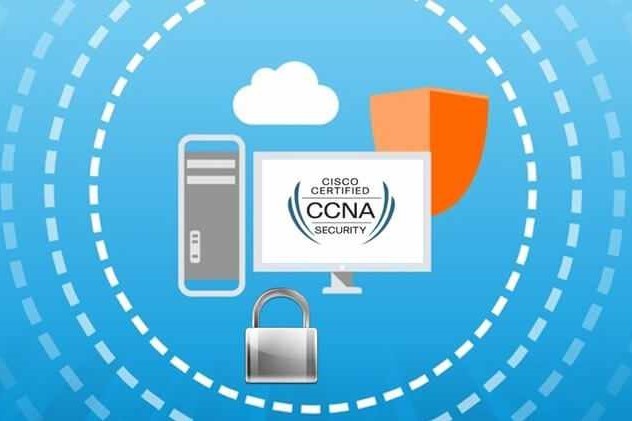Course Information
- Course Price $250
- Total Students 800+
- Course Duration 4 Weeks
Description
Microsoft Certified Solutions Associate Windows Server 2016 certification makes you eligible for the position of a network or computer systems administrator or a computer network specialist. It is your initial step on your journey to earning Microsoft Azure Certification in the future. In technical jargon, it is an associate level training program. MCSA certification is an exhaustive domain and consists of several areas of specializations
Benefits
- This certification is one of the most renowned IT certifications provided by Microsoft. It provides a vast spectrum of opportunities in the technology field.
- It also satisfies the prerequisite for the MCSE certification for those desiring to continue with the certification path.
- Earning this certification will validate your expertise in dealing with a lot of Microsoft technologies and products.
- It will augment your skills in such a way that your company will consider you as an asset.
Syllabus
- Windows Server 2012
- Windows Server 2012 Management
- Installing Windows Server 2012
- Post-Installation Configuration of Windows Server 2012
- Windows PowerShell
- AD DS
- Domain Controllers
- Installing a Domain Controller
- Managing User Accounts
- Managing Group Accounts
- Managing Computer Accounts
- Delegating Administration
- Using Command Line Tools for Administration
- Using Windows PowerShell for Administration
- Performing Bulk Operations with Windows PowerShell
- TCP/IP
- IPv4 Addressing
- Subnetting and Super netting
- Configuring and Troubleshooting IPv4
- Installing a DHCP Server Role
- Configuring DHCP Scopes
- Managing a DHCP Database
- Securing and Monitoring DHCP
- Name Resolution for Windows Clients and Servers
- Installing and Managing a DNS Server
- Managing DNS Zones
- IPv6 Addressing
- Coexistence with IPv6
- IPv6 Transition Technologies
- Storage
- Managing Disks and Volumes
- Implementing Storage Spaces
- Securing Files and Folders
- Protecting Shared Files and Folders Using Shadow Copies
- Configuring Network Printing
- Group Policy Processing
- Implementing a Central Store for Administrative Templates
- Windows Security
- Configuring Security Settings
- Restricting Software
- Configuring Windows Firewall with Advanced Security
- Virtualization Technologies
- Implementing Hyper-V
- Managing Virtual Machine Storage
- Managing Virtual Networks
Administering Windows Server 2012
- Group Policy
- Implementing and Administering Group Policy Objects (GPOs)
- Managing Group Policy Scope
- Group Policy Processing
- Troubleshooting the Application of GPOs
- Implementing Administrative Templates
- Configuring Folder Redirection and Scripts
- Configuring Group Policy Preferences
- Managing Software with Group Policy
- Automating User Account Management
- Configuring Password-Policy and User-Account Lockout
- Configuring Managed Service Accounts
- Implementing Virtualized Domain Controllers
- Implementing Read-Only Domain Controllers
- Administering AD DS
- Managing the AD DS Database
- Installing the DNS Server Role
- Configuring the DNS Server Role
- Configuring DNS Zones
- Configuring DNS Zone Transfers
- Managing and Troubleshooting DNS
- Configuring Network Access
- Configuring VPN Access
- Network Policies
- Troubleshooting Routing and Remote Access
- Configuring DirectAccess
- Installing and Configuring a Network Policy Server
- Configuring RADIUS Clients and Servers
- NPS Authentication Methods
- Monitoring and Troubleshooting a Network Policy Server
- NAP Enforcement Processes
- Configuring NAP
- Monitoring and Troubleshooting NAP
- File Server Resource Manager (FSRM)
- Using FSRM to Manage Quotas, File Screens, and Storage Reports
- Implementing Classification and File Management Tasks
- Distributed File System (DFS)
- Configuring DFS Namespaces
- Configuring and Troubleshooting DFS-R
- Windows Deployment Services
- Implementing Deployment with Windows Deployment Services
- Administering Windows Deployment Services
- Windows Server Update Services (WSUS)
- Deploying Updates with WSUS
- Monitoring Tools
- Using Performance Monitor
- Monitoring Event Logs
Configuring Advanced Windows Server 2012 Services
- Configuring Advanced DHCP Features
- Configuring Advanced DNS Settings
- Implementing IPAM
- Configuring iSCSI Storage
- Configuring BranchCache
- Optimizing Storage Usage
- Planning for Dynamic Access Control
- Deploying Dynamic Access Control
- Configuring an NLB Cluster
- Planning an NLB Implementation
- Implementing a Failover Cluster
- Configuring Highly Available Applications and Services on a Failover Cluster
- Maintaining a Failover Cluster
- Implementing a Multi-Site Failover Cluster
- Integrating Hyper-V with Failover Clustering
- Implementing Hyper-V Virtual Machines on Failover Clusters
- Implementing Hyper-V Virtual Machine Movement
- Managing Hyper-V Virtual Environments by Using VMM
- Implementing Windows Server Backup
- Implementing Server and Data Recovery
- Restore
- Deploying a Distributed AD DS Environment
- Configuring AD DS Trusts
- Configuring AD DS Sites
- Configuring and Monitoring AD DS Replication
- Public Key Infrastructure (PKI)
- Deploying CAs
- Deploying and Managing Certificate Templates
- Implementing Certificate Distribution and Revocation
- Managing Certificate Recovery
- Deploying and Managing an AD RMS Infrastructure
- Configuring AD RMS Content Protection
- Configuring External Access to AD RMS
- Deploying AD FS
- Implementing AD FS for a Single Organization
- Deploying AD FS in a B2B F




